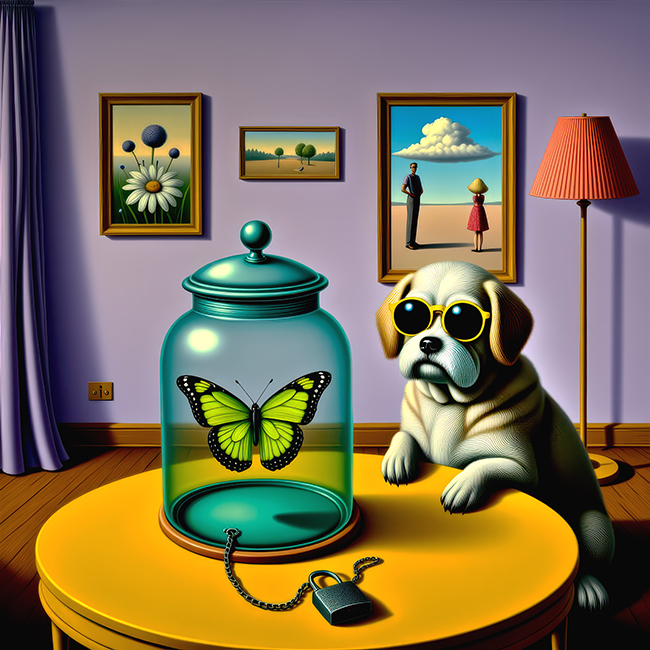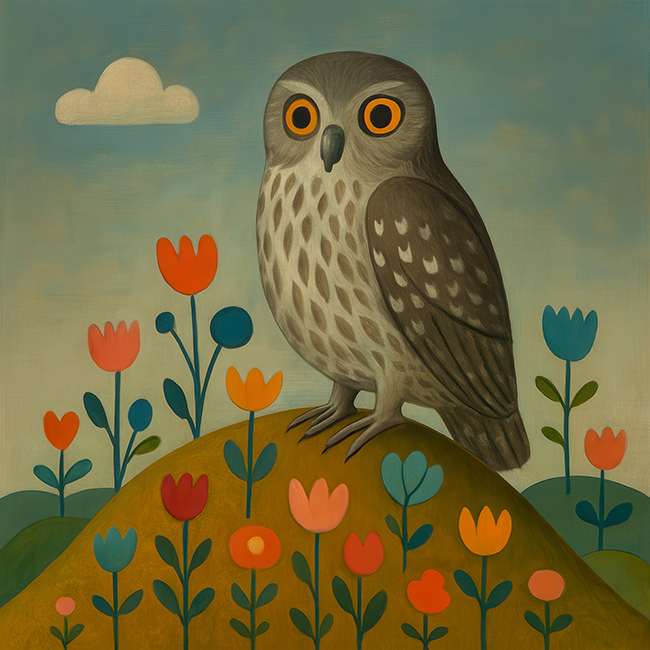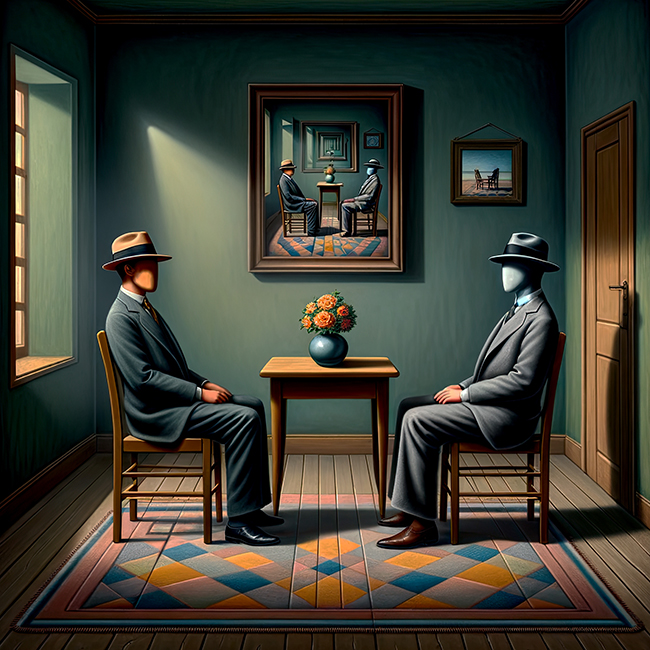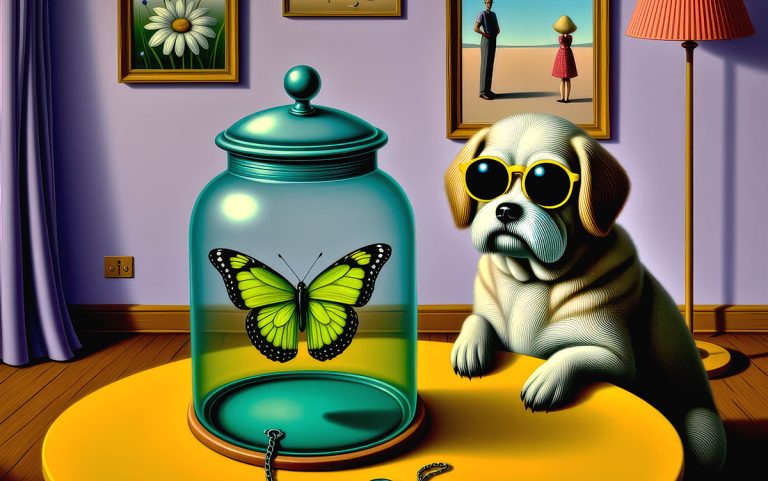Alan Brown’s creative journey began in the quiet of a darkroom. Under the soft red light, he watched photographs slowly take shape—emerging from blankness into something whole. That early experience wasn’t just about learning technique. It changed how he looked at the world. The process was physical, patient, and calm—qualities that stayed with him. It wasn’t about the outcome as much as the act of noticing. That way of seeing—careful, deliberate—would become the foundation of his work.
That moment sparked a career that’s lasted more than forty years. Brown studied Communications at Syracuse University, with a focus on Advertising Photography and a minor in Art History. That combination grounded him—giving him both the tools to make images and the context to question them. His work has moved through photography, painting, and digital art, but one thing has stayed consistent: his fascination with perception. What do we really see? What do we think we see? And what lies between? His art doesn’t chase answers. It opens doors.
Alan Brown’s Work
Brown’s images walk a tightrope between whimsy and unease. They’re clean, sometimes humorous, sometimes deadpan—but they linger. Each one feels like a small riddle about the world and our place in it.

Take A Flutter. At first, it’s charming: a dog in sunglasses, lounging as if on vacation. But beside him, a butterfly flutters in a locked jar. That tension—comfort versus captivity—anchors the piece. The dog, though at ease, is owned. The butterfly, colorful and delicate, is trapped. One lives in curated stillness, the other in frantic confinement. Brown seems to ask: how do we define freedom? The piece doesn’t point fingers. It just places two kinds of control side by side and leaves space for thought.

Birds of a Feather shifts tone. This one feels like a storybook illustration or a memory from a dream. A glowing-eyed owl perches on a curved hill surrounded by candy-colored flowers. The sky is soft blue, and a single cloud floats above. It’s gentle, balanced, and almost cheerful—but not simple. The owl doesn’t look entirely friendly. There’s a stillness that could go either way. Brown’s use of flat shapes and soft lighting pulls from folk-art traditions, but the composition is careful. Nature is present, but groomed. The wild is allowed, but only in a controlled way. It’s a gentle commentary on how we blend with—or reshape—the natural world to suit our needs.

Then there’s A Meeting of Minds, and things get weirder. Two men stand facing each other. They have no faces—just blank, head-shaped forms. Between them hangs a painting that mirrors the scene itself, adding a recursive twist. The setting feels surreal, suspended in a sort of nowhere space. Without faces, there’s no expression. Without expression, there’s no easy reading of emotion. Brown puts pressure on the idea of conversation. What happens when the cues we rely on disappear? What’s left between people? The painting invites discomfort, but it’s not without humor. There’s a quiet absurdity to the faceless men, locked in a moment of apparent connection that may or may not be happening.
Brown’s work rewards stillness. He builds each scene like a stage, and then fills it with just enough—never too much. He’s less interested in spectacle than suggestion. His images often feel like metaphors wrapped in children’s book aesthetics. That contrast—between soft form and sharp idea—is part of what makes them work.
Across all his pieces, there’s a shared thread: a quiet questioning of how we relate—to each other, to animals, to nature, and to our own perceptions. He’s not loud about it. His palette is often restrained. His lines are clean. But the impact builds slowly, like a conversation that doesn’t end when the talking stops.
After decades of making images, Brown still seems curious—still looking, still asking. He’s not chasing trends or making grand claims. He just keeps building small worlds, letting the viewer enter on their own terms. Whether it’s a butterfly in a jar or two blank faces in a standoff, his work keeps circling the same question: what do we really see—and what does it mean when we think we’ve seen enough?
In that way, Brown hasn’t strayed far from the darkroom. He’s still watching things appear slowly, layer by layer, in quiet light.

